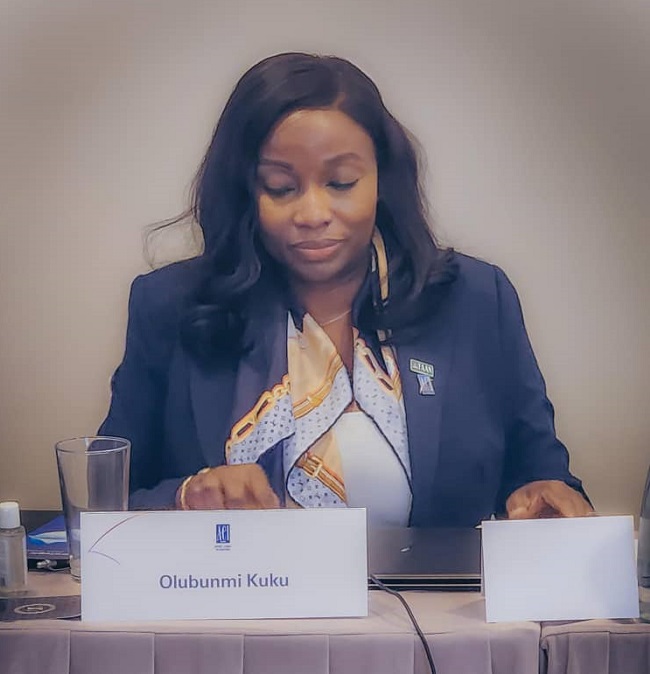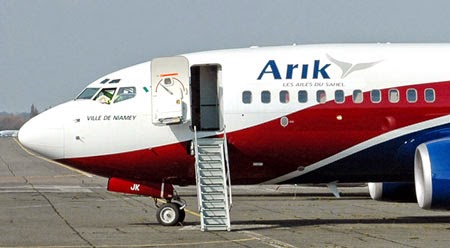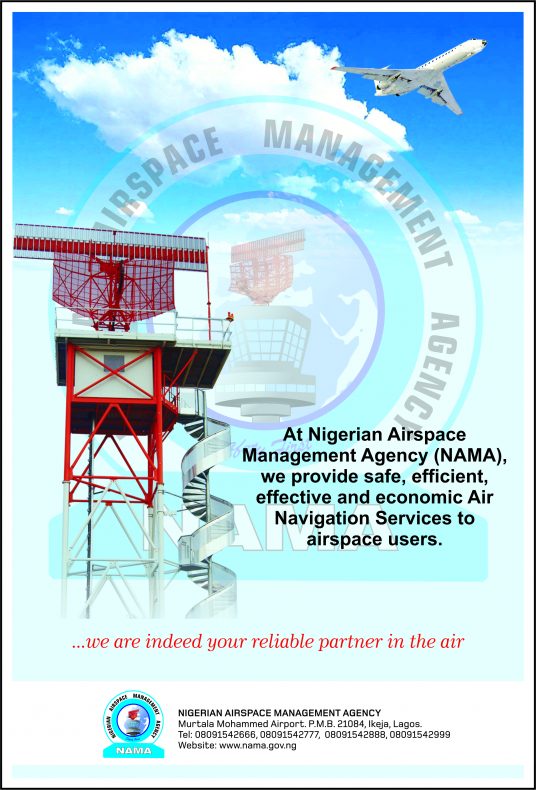This report provides a look into the planned, phased revamping of Nigeria’s busiest international gateway — examining the challenges, stakeholder engagements, and strategic decisions shaping the future of MMIA Terminal 1. The renovation is expected to serve as a benchmark for infrastructure renewal across the nation’s airports, potentially redefining Nigeria’s standing in regional air travel. ANTHONY OMOH writes.
Since its commissioning on 15 March 1979, Terminal 1 at the Murtala Muhammed International Airport (MMIA), Lagos, has served as Nigeria’s most prominent aviation gateway. It was once a symbol of architectural excellence, modelled after Schiphol Airport in the Netherlands. Over the decades, however, years of neglect and underinvestment have taken their toll.
Today, the terminal struggles under the weight of decay, with broken facilities, leaking pipes and interiors that no longer reflect a modern nation. MMIA handles between 60 and 70 percent of Nigeria’s total passenger traffic. It also serves as a vital buffer to other international and domestic airports across the country.
Terminal 1, however, faces an intense capacity crunch. It was never designed to accommodate current passenger volumes or modern wide-body aircraft. Terminal 2 was intended to solve that problem, but its poor location undermined this aim. It was constructed in the area originally meant for Terminal 1’s expansion, creating new constraints instead of easing old ones.
Now, the Federal Airports Authority of Nigeria (FAAN), under Managing Director Olubunmi Kuku, supported by Minister Festus Keyamo, is undertaking a Lagos airport terminal transformation. This major upgrade of Terminal 1 will proceed in carefully planned phases, to keep the airport operational throughout.

A Strategic, Phased Renovation
FAAN’s approach is pragmatic. Rather than demolishing the terminal, the agency is taking a methodical, step-by-step route. The renovation will start in the departure area, while the arrival wing remains open.
We are not pulling down the terminal,” said Managing Director FAAN, Olubunmi Kuku. “But it is going to be a major renovation. It starts with the departure area, and we’ll work in phases so that the airport can remain operational.
Terminal 1’s age and decay make this strategy necessary. Broken air conditioning, faulty avio-bridges, obsolete conveyor belts and leaky roofs are among the problems passengers and staff endure daily.
Minister Keyamo on the Old Terminal
Minister of Aviation Festus Keyamo has been sharply critical of the old terminal’s condition and planning flaws. In May 2025, he declared the facility a “total eyesore,” noting its outdated design and constraints.
“It is a complete disgrace to our country to continue using the old terminal,” he told reporters, adding that the terminal was “smelly, leaking” and unfit for international use.
He pointedly noted that the new terminal, though built, lacked enough apron space for large aircraft, due to private hangars occupying critical positions. He warned that “60 check‑in counters in the new terminal… are not in use,” and this has forced continued dependence on the failing old structure.
Keyamo also reminded stakeholders that MMIA handles around 60 percent of all air traffic in Nigeria. He directed airlines to shift operations to the new terminal to allow rehabilitation of the old facility.

Collaborating with Stakeholders
To manage this massive renovation, FAAN has brought in international consultants and technical experts. Kuku acknowledged that while she brings aviation leadership experience, she relies on specialists for technical execution.
“I’m not an engineer, I’m not um, I’m not… so while I may have aviation experience, I’m not an engineer and I’m not a typical expert in operational planning,” she explained during a recent briefing.
“But what I have done is to make sure that we have engaged people that will do so. Even in the choice of contractors — those who have been selected or will be selected — we’ve made sure that top global experts are going to be working on both engineering and consultancy.”
She added, “We don’t want to end up with what we have in Terminal 2 again.”
This transparency and reliance on professional expertise mark a new era in aviation infrastructure planning for Nigeria.
Lessons from Terminal 2
Terminal 2 was constructed to decongest Terminal 1 but has become a cautionary tale in poor planning. It was built without enough apron space to accommodate large wide-body aircraft, limiting its effectiveness as a major terminal.
Worse still, it occupied land originally designated for Terminal 1’s growth, blocking room for further development and extension.
Kuku was frank about the consequences:
This is why I keep talking about master planning. If not for the master planning issues that we had, we would not have given out an area that should have been for terminal expansion to hangar operators.
To fix this, FAAN is now planning to relocate those hangars. “We have had conversations about how to compensate the hangars owners so that they can move,” she said.
“For one or two of them, we’ve already identified new locations. They will move. That way, we will be able to extend the apron and also extend the finger.”
These adjustments form part of a larger effort to correct past planning errors and free up space for proper operational growth.
Supporting Concessionaires Through Transition
As part of the terminal overhaul, FAAN directed all concessionaires to hold off on new projects or investments inside Terminal 1. This move, which initially caused concern, is meant to prevent wasted efforts and funds during renovations.
“We’re not telling anyone to leave,” Kuku explained. “We’re saying, don’t invest more until we’re sure your area isn’t affected by an upcoming phase.”
The directive has been welcomed by many concessionaires who appreciate FAAN’s early communication. “At least now we know not to sink money into upgrades that might be temporary,” said one operator anonymously.
This collaborative communication model is rare in the Nigerian aviation space but increasingly necessary. It reflects FAAN’s desire to align with concessionaires, airlines and ground handlers for seamless operations.
























